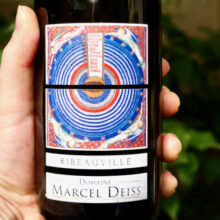
Product information
Domaine Marcel Deiss ‘Ribeauvillé’ 2018
$59
Description
A blend of mostly Riesling and a small percentage of the Sylvaner and Pinot Blanc. Planted on essentially marl and clay soils. Riesling shining through here with white flowers, citrus, a little pear / lightly poached quince, feijoa and baking spices. There is richness yet a transparency to the wine. Wonderfully expressive at this young age, the depth and length here is impressive. A palpable energy. Wonderful harmony, seamless palate, long delicious. A silvery line of divine bitterness cleaning the palate nicely. Beautiful development. Make sure to drink the at 14°C+. This was the more elegant compared to the rounder Zellenberg in 2017, although with air it builds linearity. The opposite is the case for the 2018’s.
NB Deiss didn’t filter the wine, as minor sediment is present. I recommend decanting it, the air will benefit it too.
In stock
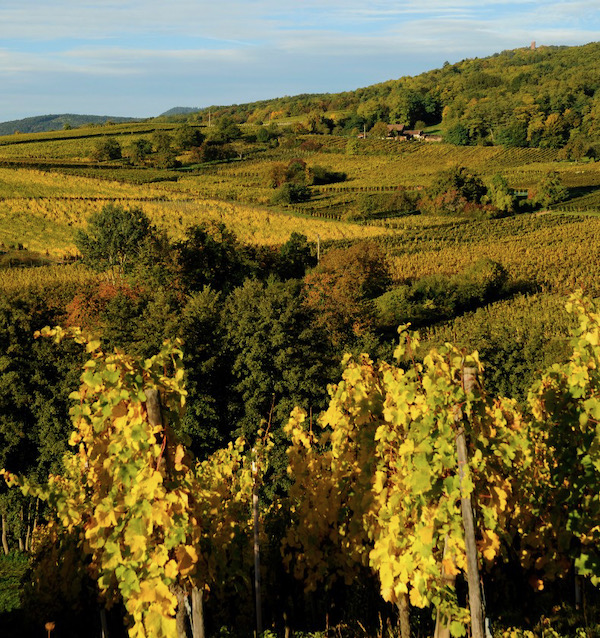
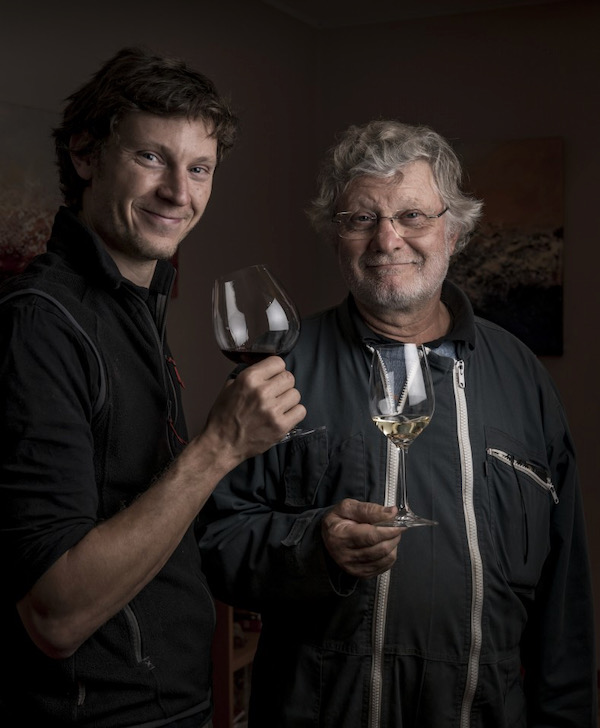


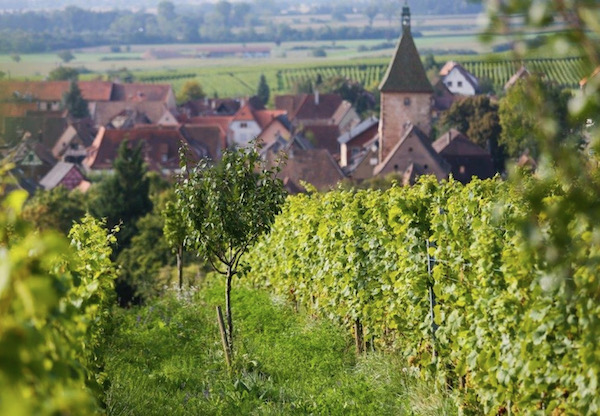
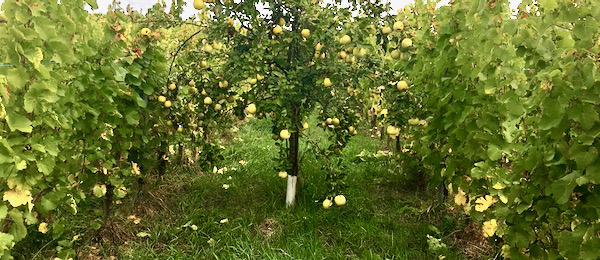
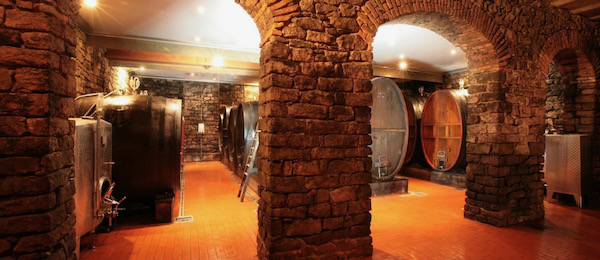
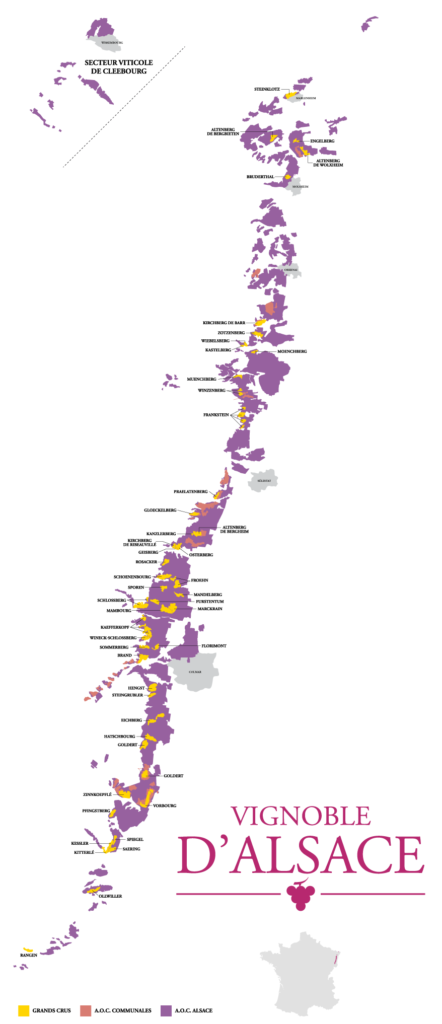
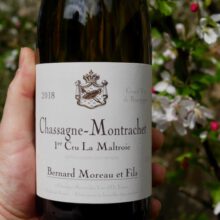
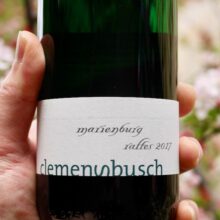

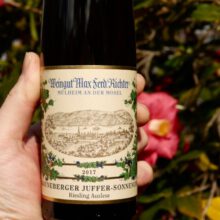
You must be logged in to post a comment.